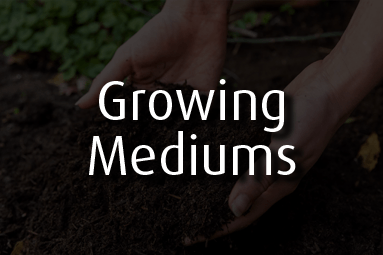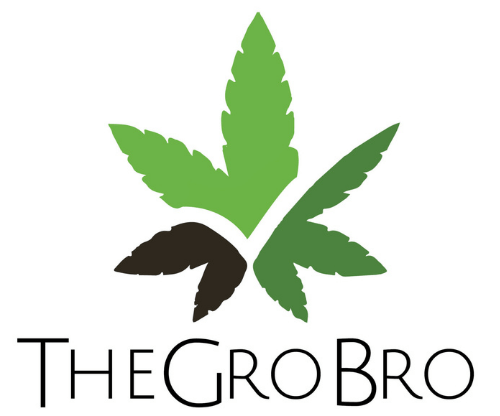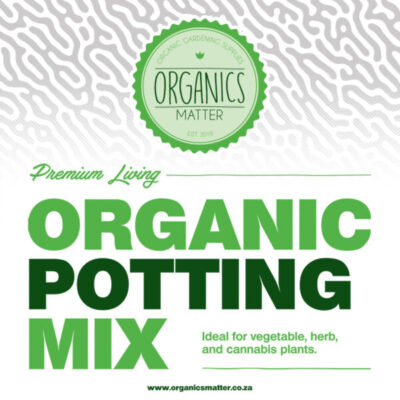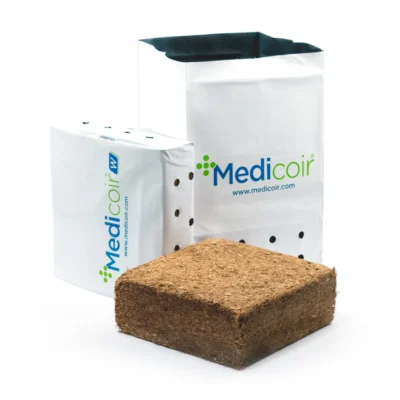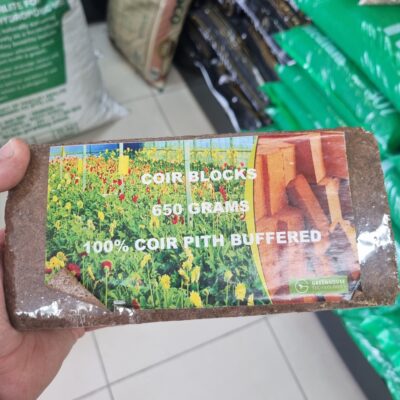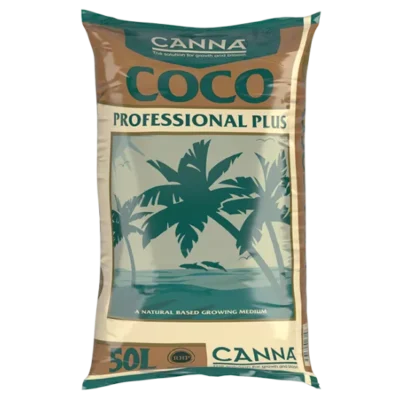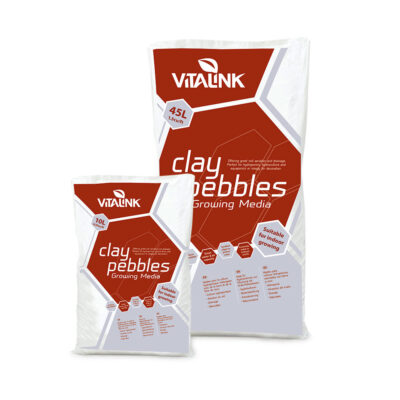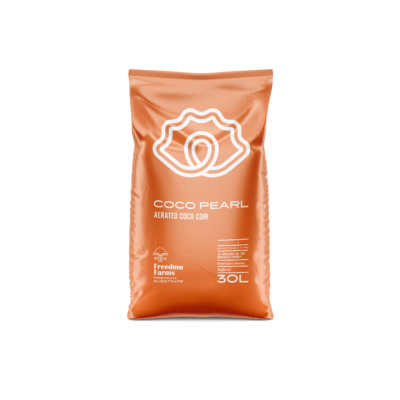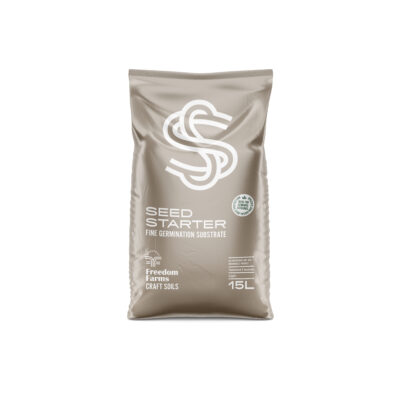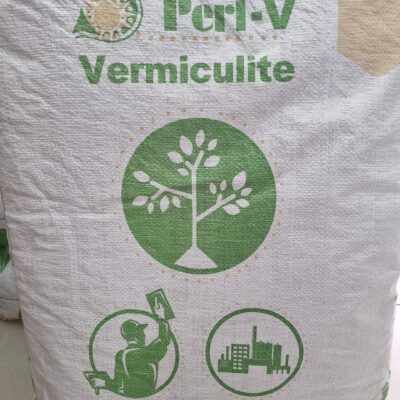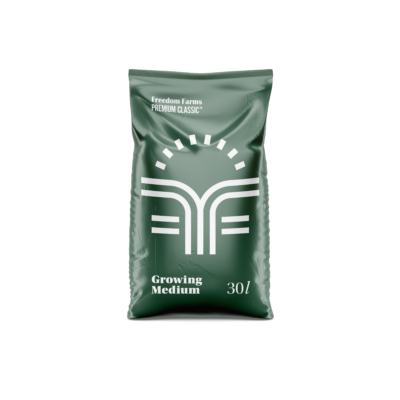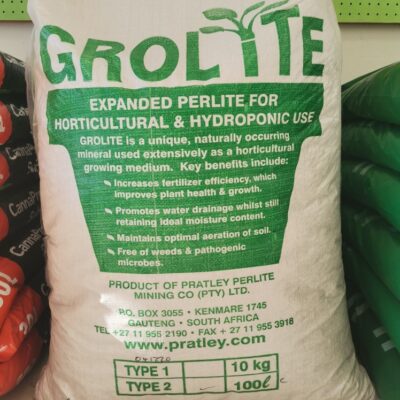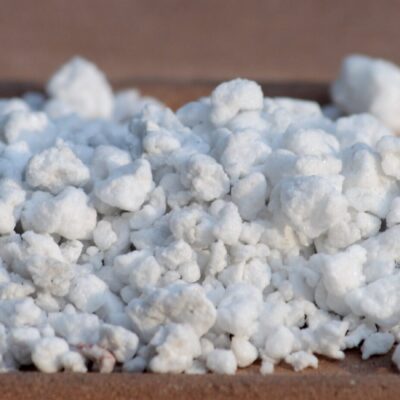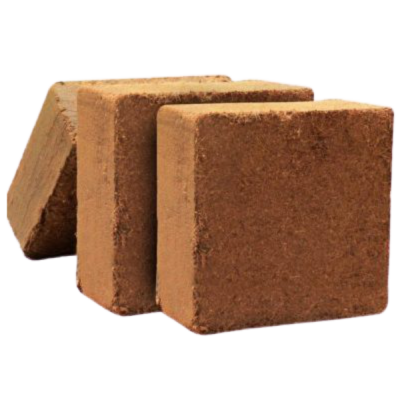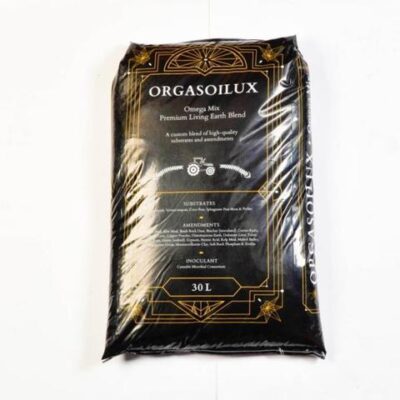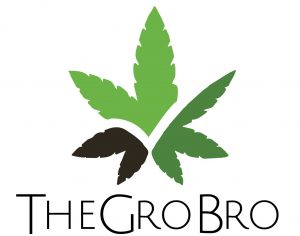Growing Mediums
-
Organics Matter Organic Potting MixR250.00
-
Medicoir Popup BagsR40.00 – R60.00
-
650g Coco Coir BrickR29.00
-
CANNA COCO PROFESSIONAL PLUS 50LR360.00
-
Vitalink Clay PebblesR175.00 – R465.00
-
Freedom Farms 70/30 CocoPearl (30L)R180.00
-
Freedom Farms Seed starter 15LR130.00
-
Sun Perl-V VermiculiteR70.00 – R400.00
-
Freedom Farms Premium ClassicR230.00
-
Grolite Type 2 PerliteR375.00
-
Horticultural Perlite 10LR50.00
-
Coco Coir Buffered 6mm 5kgR169.00
-
Dirty Hands Inc. Orgasoilux 30LR250.00
Want to buy growing mediums and living soil?
When it comes to indoor gardening, choosing the right growing medium is essential for the health and growth of your plants. Growing mediums serve as the foundation for your plants’ roots, providing essential nutrients, water, and oxygen. There are a variety of growing mediums available, each with its own unique benefits and drawbacks. In this article, we’ll explore the differences between traditional growing mediums and living soil.
Traditional Growing Mediums
The most common types of traditional growing mediums include soil, coco coir, and hydroponic media. Soil is the most commonly used growing medium, as it’s widely available, affordable, and provides a good balance of nutrients and water retention. Coco coir is another popular option, particularly for growers who prefer to avoid soil-based mediums. Coco coir is a byproduct of the coconut industry and is highly absorbent, providing good drainage and aeration for plant roots. Hydroponic media, such as rockwool or perlite, are used in hydroponic systems where plants are grown in nutrient-rich water instead of soil.
While traditional growing mediums can be effective for indoor gardening, they do have their limitations. For example, soil-based mediums can become compacted over time, which can limit the growth of plant roots and reduce nutrient uptake. Additionally, traditional growing mediums may require frequent fertilization to ensure plants have access to the nutrients they need.
Living Soil
Living soil, on the other hand, is a type of growing medium that is designed to mimic the natural environment in which plants would grow in the wild. Living soil is made up of a complex ecosystem of microorganisms, fungi, and bacteria, all of which work together to break down organic matter and release nutrients for plants to absorb. Living soil is typically made up of a combination of compost, vermicompost, peat moss, and other organic materials.
The benefits of using living soil as a growing medium are many. For one, living soil provides a more natural and holistic growing environment for plants, allowing them to thrive in a more sustainable and eco-friendly manner. Additionally, living soil requires far less frequent fertilization than traditional growing mediums, as the microorganisms in the soil are constantly breaking down organic matter and releasing nutrients.
One of the key benefits of living soil is its ability to sequester carbon from the atmosphere. The microorganisms in living soil help to break down carbon, releasing it into the soil where it is stored long-term. This makes living soil an excellent choice for growers who are looking to reduce their carbon footprint and contribute to a more sustainable future.
When it comes to using living soil as a growing medium, it’s important to keep a few key considerations in mind. For one, living soil requires time to develop and mature. This means that you’ll need to be patient and allow your soil to build up its ecosystem over time. Additionally, living soil may not be the best choice for all types of plants, as some plants may require more specialized nutrient profiles.
In conclusion, choosing the right growing medium is essential for the success of your indoor garden. While traditional growing mediums such as soil and coco coir can be effective, living soil provides a more sustainable and eco-friendly option for indoor growers. By mimicking the natural environment in which plants grow in the wild, living soil provides a more holistic growing environment that supports healthy plant growth and reduces the need for frequent fertilization. If you’re looking for a more sustainable and natural option for your indoor garden, consider giving living soil a try.
